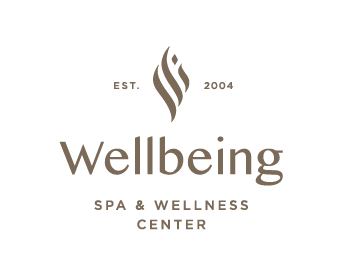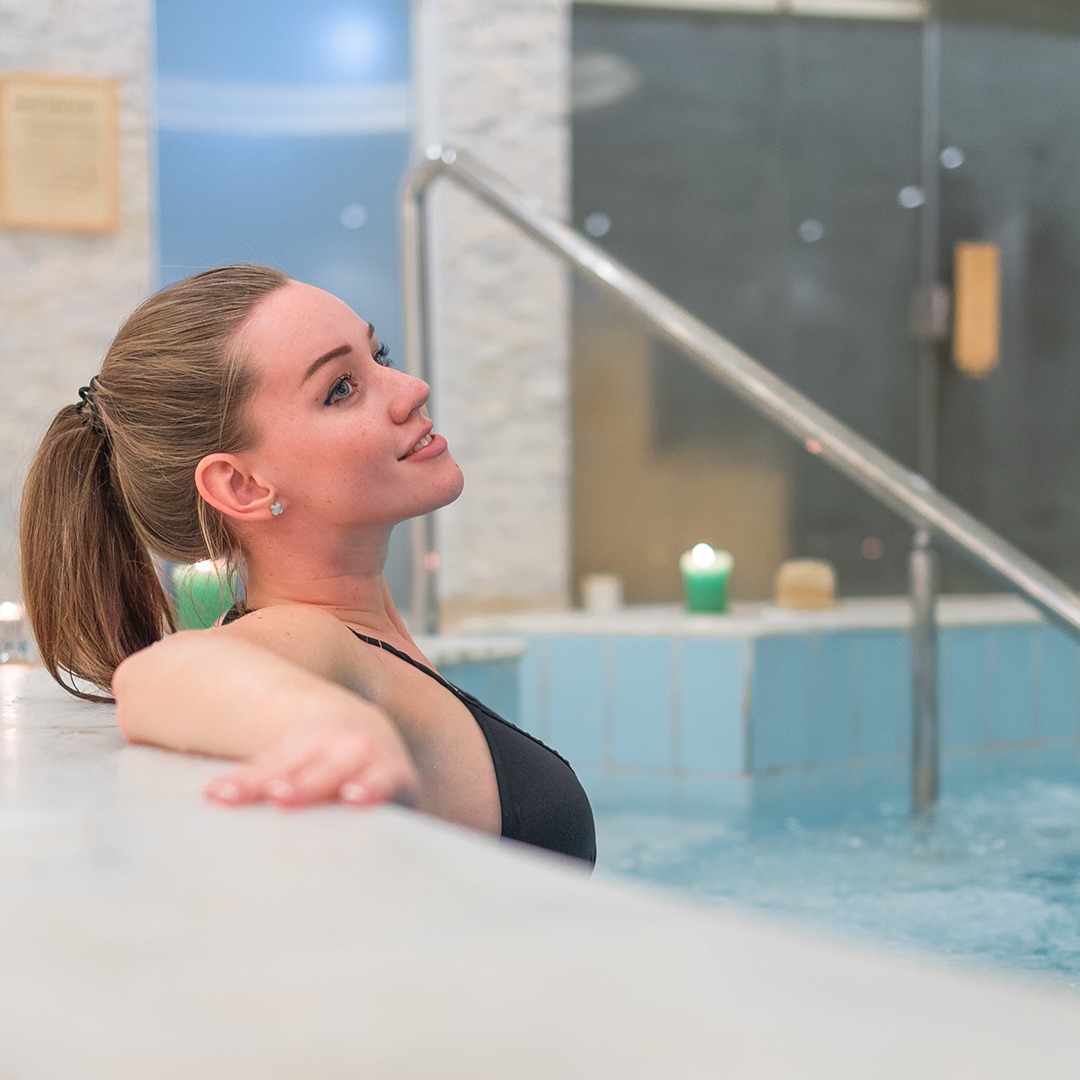
The Art of Stillness: How Meditation and Mindfulness Are Transforming Modern Spa Experiences
Wellness mindfulness treatments, In a world of constant noise, screens, and stress, the simple act of slowing down has become a luxury in itself. More people are seeking not only physical relaxation but also mental clarity and emotional balance. The result? A global shift toward mindful spa sessions — treatments that nurture the body while calming the mind.
Spas are no longer just places for facials and massages; they’ve evolved into holistic wellness sanctuaries. Here, meditation, mindfulness, and subtle energy work blend seamlessly with traditional therapies. Guests leave not only refreshed, but also more present, centered, and attuned to themselves.
In this article, we explore how spas are embracing mindfulness through floating therapy, guided breathing, sound bowls, stillness rooms, and meditation-based massage, creating immersive experiences that align physical touch with inner peace.
1. The Rise of Mindful Wellness in Modern Spas

Over the past decade, the spa industry has undergone a quiet revolution. The focus has shifted from surface-level pampering to deep, transformative wellness experiences. People are looking for more than momentary relaxation — they want connection, awareness, and stress relief that lasts.
The modern spa guest often arrives feeling mentally exhausted rather than physically tense. That’s why wellness mindfulness treatments are in high demand: they address the root causes of burnout by helping guests reconnect with their breath, body, and emotions.
What Makes a Spa “Mindful”?
A truly mindful spa treatment goes beyond soothing music and dim lighting. It’s about creating an atmosphere of intentional stillness, where every element — from aromatherapy and therapist’s touch to the room’s temperature and lighting — encourages presence.
Mindful spa services often incorporate:
- Meditative breathing exercises before the treatment begins.
- Gentle, slow massage techniques synchronized with breath rhythm.
- Sound therapy using singing bowls or tuning forks.
- Moments of silence for reflection after the treatment.
This integrated approach transforms a regular spa visit into a mini-retreat for the mind.
2. Meditation and Massage: The Perfect Union of Body and Mind

Massage and meditation might seem like separate practices, but together they create a profoundly healing experience. In meditation and massage sessions, the therapist encourages mindfulness throughout the treatment — guiding the guest to breathe consciously, feel each touch, and let go of distracting thoughts.
The Mind-Body Connection
Science confirms that the body and mind are deeply interconnected. When mental stress rises, muscles tighten and blood flow decreases. Meditation helps break this cycle by activating the parasympathetic nervous system, responsible for rest and recovery.
When combined with massage, this state of awareness enhances every therapeutic benefit:
- Deeper muscle release due to relaxed breathing.
- Enhanced circulation and detoxification.
- Improved sleep quality and immune response.
- Lower cortisol levels and anxiety reduction.
A Guided Journey Within
Some spas offer guided meditation during the massage itself. Soft verbal cues remind guests to return to the breath, notice sensations, or visualize energy flow. This transforms the massage from a passive experience into an active meditation — a moment of profound reconnection.
3. Floating Therapy: The Science of Deep Mindfulness
Imagine floating effortlessly in warm, mineral-rich water, weightless and calm, free from gravity and distractions. That’s the essence of floating therapy, also known as sensory deprivation or floatation tanks.
In these sessions, guests lie in a private pod filled with Epsom-salt water, maintained at body temperature. The absence of light, sound, and external input quiets the mind, allowing it to drift into a deep meditative state.
The Benefits of Floating for Mindfulness
Floating is scientifically proven to:
- Reduce stress hormones and anxiety.
- Improve focus and creativity.
- Relieve chronic pain and muscle tension.
- Enhance sleep quality and recovery.
More importantly, it encourages complete mental stillness — something difficult to achieve in daily life. Many describe it as “meditation made effortless.” For this reason, floating therapy has become a cornerstone of modern mindfulness treatments in luxury spas worldwide.
4. Sound Bowls and Vibrational Healing
Sound has the power to shape emotion, focus, and energy. In sound bowl meditation, therapists use Himalayan singing bowls, crystal bowls, or gongs to create harmonic vibrations that resonate through the body.
The frequencies interact with brainwaves, helping guests enter Theta and Alpha states — the same relaxed awareness achieved in deep meditation.
How Sound Enhances Spa Treatments
Sound therapy can be offered as:
- A stand-alone mindful spa session for relaxation.
- An enhancement during massage or facial treatments, promoting deeper calm.
- A group meditation ceremony, combining collective energy and vibration.
The soothing hum of a sound bowl grounds the mind and helps release emotional blockages. It’s an ideal gateway for guests who struggle with traditional silent meditation.
5. Guided Breathing: The Foundation of Mindfulness in Spa Rituals

Breath is the bridge between body and mind. Every emotion — stress, fear, joy, or serenity — changes our breathing pattern. By consciously controlling breath, we can shift our internal state almost instantly.
That’s why guided breathing techniques are becoming a core part of spa wellness. Before or during treatments, therapists often lead short breathing exercises to help guests transition from daily tension into deep presence.
Common Breathing Methods in Spas
- Box breathing (4-4-4-4): Inhale for four seconds, hold for four, exhale for four, hold for four — a technique that lowers heart rate and anxiety.
- Alternate nostril breathing: Balances both hemispheres of the brain, improving focus.
- Slow diaphragmatic breathing: Encourages full oxygen exchange, promoting relaxation.
Incorporating mindful breathwork turns a standard massage or facial into a transformational ritual, teaching guests tools they can use long after they leave the spa.
6. Stillness Rooms: Sanctuaries for the Soul
A growing number of spas now include stillness rooms — serene spaces designed for silent reflection, journaling, or meditation before and after treatments.
Unlike traditional waiting areas, these rooms are intentionally minimal: soft lighting, natural textures, calming scents, and perhaps the sound of running water. Guests are encouraged to leave their phones behind and simply sit in stillness.
The Purpose of Stillness
Stillness rooms extend the benefits of spa therapies by allowing the nervous system to fully integrate relaxation. When guests rush from a treatment straight into the outside world, the sense of calm fades quickly. Spending even ten minutes in quiet reflection helps the mind anchor the feeling of balance and serenity.
These spaces also serve as gentle introductions to mindfulness for newcomers who may not have meditated before. In essence, they turn the spa into a micro-retreat for the spirit.
7. Creating the Perfect Mindful Spa Experience
Integrating mindfulness into spa services isn’t just about adding meditation music or a few minutes of silence. It requires intention, training, and holistic design. Leading wellness centers focus on every sensory detail.
Elements of a Mindful Spa Environment
- Space Design: Natural materials, warm light, and subtle scents that evoke grounding and peace.
- Therapist Awareness: Practitioners trained not only in technique but also in presence — moving and speaking mindfully throughout the treatment.
- Personalized Rituals: Guests choose between calming, balancing, or energizing themes, guiding oil blends and music selection.
- Post-Treatment Reflection: Journals, herbal tea, or meditation cards encourage quiet contemplation afterward.
When all these elements align, a spa session becomes a mindfulness journey, helping guests reconnect with what truly matters: being here, now.
8. The Psychological Impact of Mindful Spa Sessions

The appeal of mindful spa experiences goes far beyond relaxation. Studies in neuroscience and psychology show that regular mindfulness practice can rewire the brain, improving emotional regulation and resilience.
Proven Benefits Include:
- Reduced anxiety and depression symptoms.
- Improved concentration and creativity.
- Lower blood pressure and better heart health.
- Stronger immune response.
- Greater empathy and self-awareness.
When combined with touch therapies, these effects deepen even more. Massage stimulates oxytocin — the “connection hormone” — while meditation strengthens neural pathways related to compassion and calm.
Together, they create a whole-body wellness reset — one that enhances both physical vitality and emotional harmony.
9. Group Mindfulness Experiences in Spas
While many spa rituals are private, some centers now offer collective mindfulness sessions, blending wellness with community.
Popular examples include:
- Sound bowl group meditations before sunrise or at sunset.
- Guided breath and stretch sessions in spa gardens.
- Couples’ meditation and massage rituals, strengthening emotional bonds.
For businesses and corporate clients, group mindful spa sessions also support stress management and workplace wellness programs. Teams learn to breathe, pause, and connect — tools that translate directly into better communication and productivity.
10. Integrating Mindfulness Beyond the Treatment Room
The most impactful spas empower guests to carry mindfulness into daily life. Simple take-home rituals — like a short evening breathing routine, gratitude journaling, or mindful skincare practice — help extend the benefits of the spa long after the visit ends.
Some wellness centers provide digital access to guided meditations, soundtracks, and breathing videos, allowing guests to recreate the experience at home. This continuity transforms a single spa visit into a lifestyle shift.
11. Why Mindfulness Belongs in Every Spa
As the wellness industry evolves, mindfulness is no longer a luxury — it’s a necessity. Guests crave meaningful experiences that restore inner balance, not just outer beauty.
Integrating meditation into spa services meets this growing demand for conscious relaxation. It transforms spas into sanctuaries of stillness, where technology, stress, and noise give way to presence, peace, and healing.
For spa owners and therapists, the shift toward mindfulness is also deeply rewarding. By embodying presence and compassion, practitioners enhance both client satisfaction and their own sense of purpose.
12. The Future: Technology Meets Mindfulness
Interestingly, technology — often blamed for stress — is now helping to deliver mindfulness more effectively. Some innovative spas use:
- Biofeedback headsets to guide meditation during massages.
- VR mindfulness programs for immersive relaxation.
- AI-assisted music therapy, adapting sounds to the guest’s breathing pattern.
These tools personalize the journey while maintaining the essence of mindfulness: awareness, breath, and balance. The fusion of ancient wisdom and modern innovation is redefining what wellness can be.
13. How to Choose the Right Mindful Spa Experience

If you’re ready to explore mindful spa sessions for yourself, consider the following:
- Look for authenticity. Choose spas that emphasize mindfulness education and trained practitioners rather than trendy marketing.
- Ask about the process. True mindfulness treatments include moments of silence, breathwork, and guided awareness — not just gentle music.
- Prioritize environment. A calm, uncluttered space enhances meditation.
- Start small. If you’re new to meditation, begin with a short sound bath or guided breathing add-on before trying longer mindfulness programs.
Remember: mindfulness isn’t about perfection — it’s about presence. The goal isn’t to clear the mind completely, but to notice each moment as it unfolds.
14. The Lasting Impact: Inner Peace That Travels Home with You
The beauty of wellness mindfulness treatments lies in their subtlety. You might enter the spa seeking rest for your body, but you leave with something far more precious — clarity, gratitude, and inner stillness.
After a truly mindful session, the world feels different. Colors seem brighter, sounds softer, and thoughts slower. That post-treatment serenity isn’t an illusion; it’s your nervous system remembering its natural rhythm — one of balance and ease.
As more spas integrate meditation and mindfulness, wellness is evolving into something deeper than beauty or luxury. It’s becoming a form of modern healing — a return to what humans have always needed: touch, stillness, and awareness.
Conclusion: The Quiet Revolution of Mindful Spas

The next generation of spa experiences is not about more — it’s about less. Less noise. Less distraction. And less stress.
In their place come breath, sound, and silence — simple, timeless tools that reconnect us to the essence of being alive.
From floating therapy that melts away gravity to sound bowls that tune the soul, from guided breathing that awakens awareness to stillness rooms that cradle reflection — meditation is transforming spa culture worldwide.
The result is a new kind of luxury: the peace of mind that follows you home.






Leave a Reply